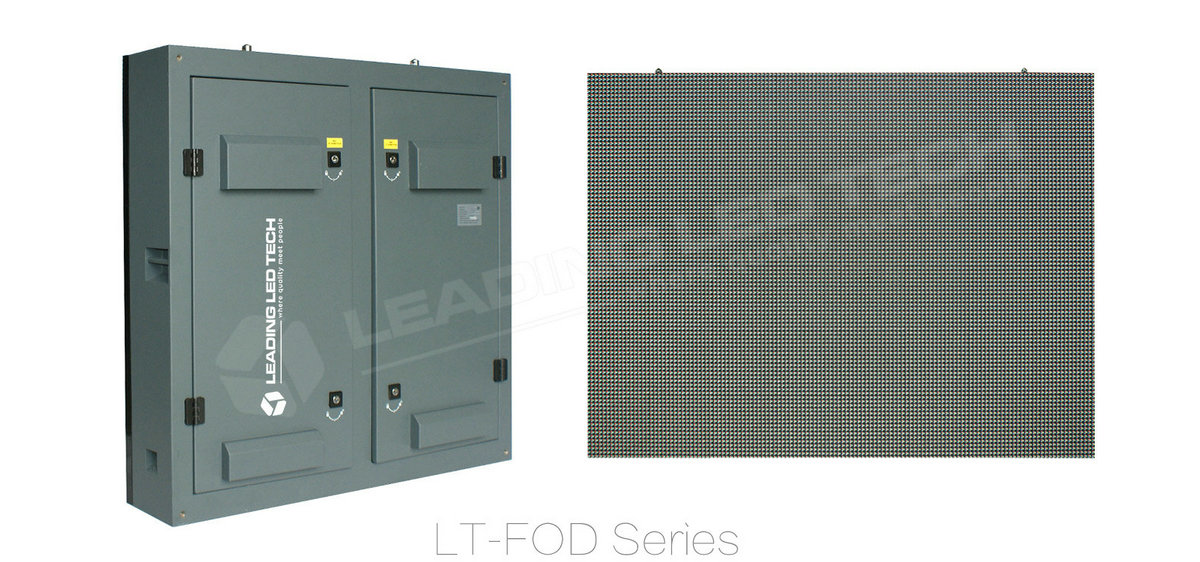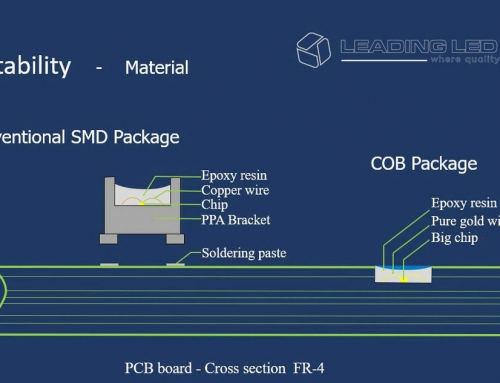The environmental protection and energy-saving LED display is a system engineering application that integrates electronic technology, computer technology, electrical technology, optical technology, green environmental protection, light pollution reduction and low power consumption, and other international advanced engineering technologies. Longer time, low power consumption has become a key indicator of user concern. Reducing energy consumption Green environmental protection is an important development direction of LED display industry technology. Outdoor environmental protection and energy-saving LED display adopts internationally advanced design concepts, taking into account various cost factors, and finally carries out low-power innovation from three aspects. design.

First, wireless module energy-saving design
The energy-saving design technology mainly drives the design of high-efficiency LED tubes according to the latest LED wireless modules and constant current driving chips.
(1) The latest LED wireless module screen design and low energy LED tube selection: environmental protection and energy saving LED wireless module pixel picture is composed of a single pixel point, the maximum power consumption of the pixel is: 300w/m². The physical density is as high as 40,000 points/m². The current and the spot brightness are linearly proportional. Using a high-density, low-power device group, the LED lamp point power consumption is as low as 50% compared to a normal LED, and the display pixel power consumption is relatively small. Under the condition that the brightness of the display pixel is uniform, the power consumption of the wireless module of the LED energy-saving display will be reduced to more than 20%. Therefore, an environmentally-friendly LED display device group with high spot efficiency and high intensity light value can achieve effective energy saving.
(2) High-efficiency constant-current drive circuit design: LED traditional display component uses 5V power to drive the dot matrix module to supply power, divide the voltage on the constant current drive circuit IC, and eliminate the necessity of the constant current circuit chip to reach linear conduction. In addition to the positive voltage power, the conversion of other remaining voltages into thermal energy causes unnecessary consumption. LED energy-saving and environmental protection display component pixel constant current drive circuit, designed to adopt unitized LED device decentralized power supply mode: unit type device also uses the latest technology energy-saving low-voltage energy-saving drive IC. After many experiments, it is proved that the energy-saving wireless module can save more than 20% energy compared with the traditional module when the same type of energy-saving constant current driving chip LED components are used and the display effect is the same.
Second, the energy-saving design of LED environmental protection and energy-saving display control system
LED environmental protection and energy-saving display includes computer hardware and system software, and the media editing platform of LED energy-saving and environmental protection display system provides video for LED energy-saving and environmental protection display for image signal source; it is also the monitoring platform for LED energy-saving system. From the perspective of environmental protection and energy conservation, properly control the various software and hardware of the system to achieve system energy saving:
(1) According to the current power consumption requirement of the actual operation feedback, the three-way cross power supply component of the paired hardware performs equalization control;
(2) achieving time to efficiently manage the LED display pixels;
(3) Do the environmental program to rationalize the display brightness.
Third, module power supply energy-saving design
The outdoor LED energy-saving and environmentally-friendly display adopts high efficiency, and the PFC synchronous circuit design power supply greatly increases the pixel power and reduces the heat energy consumption, so that the energy of the switching power supply is effectively converted. It is a bus power supply mode in which the output of the low-voltage high-current switching power supply module is connected in parallel. Due to the low power factor, the copper loss of the transformer is large, and the overall power conversion efficiency is low (full load can only be within 75%). The energy conversion efficiency of the module switching power supply is as high as 86% or more, and the efficiency is at least 20% of the conventional power conversion rate. Taking the above measures, the advantages of outdoor LED energy-saving and environmentally friendly display with low power consumption have four aspects:
(1) Savings in electricity costs; reduction in operating costs.
(2) Reduce the temperature of the display module; reduce the input of the heat dissipation equipment;
(3) Reduce the power consumption of the display and reduce the investment in cable and power capacity
(4) Delay the LED attenuation speed, reduce the temperature drift of the display photoelectric parameters, stabilize the image effect, improve system reliability, and extend the life of the display. Compared with the conventional LED display, the outdoor LED energy-saving and environmentally-friendly display not only reduces the input of the heat-dissipating equipment, but also delays the LED attenuation speed, and the energy-saving rate reaches 25%-50%. The benefit is significantly compared with the P10 outdoor surface-mounted full color screen to 100 M²’s outdoor P10 looks like a full-color display. The traditional LED display consumes 1000W of 100m² and consumes 100KW per hour. According to the first 12 cents, the electricity cost is $12 per hour. According to the daily average of 10 hours of lighting, it costs $120 per day. The same 100m²P10 external surface energy-saving display, the average energy saving 40% per 100m² power consumption is 545W, the screen energy consumption per hour is 54.5KW, according to 1KW electricity 12 cents, the electricity cost per hour is 6.54 US dollars, according to the tradition The advertising screen is calculated for 10 hours a day, and the cost of electricity is 65.4 US dollars per day.
It can be seen that the energy-saving display can save electricity costs of $54.6 per day, and the energy-saving display saves $19,929 in annual electricity bills. If the age of the screen is 6 years, then the 6 years can save 119,574 dollars.
Contact us to get a quotation: info@leadingledtech.com.



Leave A Comment
You must be logged in to post a comment.